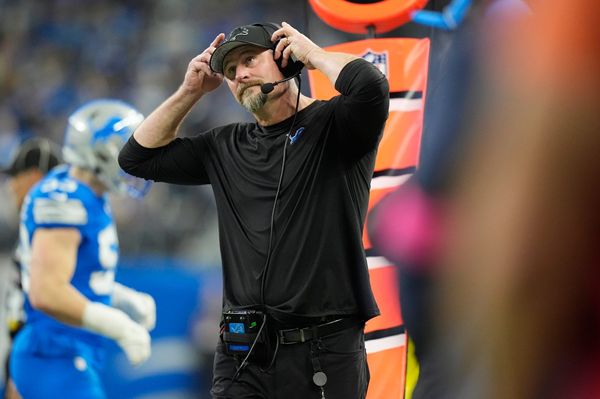
People are always confused about what glaucoma truly is since the treatment focuses on eye pressure management and what effect it could eventually have on our quality of life.
Glaucoma refers to optic neuropathy (the disease of neuronal cells of visual function) defined as characteristic optic nerve head damage and the corresponding visual field loss. Therefore, clinical examination will focus on the optic nerve head or optic disc, located at the back of the eye, to see whether it is a glaucomatous disc or not.

Why eye pressure is important?
Elevated intraocular pressure (IOP), or eye pressure, is the primary factor in glaucoma development. The balance of aqueous humour—the clear physiologic fluid filling up the space between the back of the cornea and the front of the iris and crystalline lens—production and drainage determines the IOP.
Most aqueous humour imbalances that lead to eye pressure elevation and glaucoma arise from inadequate drainage. Therefore, the next question is where the drainage site is. It’s located in the trabecular meshwork (TM) area at the anterior chamber angle.

The drainage insufficiency stems from poor TM function, classified as open-angle type, or inaccessible TM, classified as angle-closure type. When IOP rises too high, it will transmit the mechanical pressure effect on the nerve fibre layers or visual neurons at the level of the optic nerve head. It seems incredible that the imbalance of production and drainage of aqueous humour at the front part of the eye could adversely affect the sensitive nerve tissue at the back of the eye. Nevertheless, the nerve fibres gradually die off, and the summation of their deaths results in a functional vision deficit corresponding to a clinical visual field defect typical of glaucoma that begins with peripheral vision loss.


Elevated IOP is not the sole risk factor for glaucoma; many other factors could contribute to glaucoma development, as is evident in the condition of normal-tension glaucoma (NTG), in which despite normal eye pressure, glaucoma still occurs. Other parameters such as poor blood supply, deprived internal nerve survival signals, or auto-immunity to the neurons, could sensitise the nerve fibres to be vulnerable to damage at a lower IOP threshold.
Notwithstanding the foregoing, all studies point to IOP reduction as the most robust glaucoma therapy method, even for NTG. All medical, laser or surgical treatment modalities have been designed and structured to culminate in that outcome. Unfortunately, there is no effective agent or direct intervention to regrow the nerve fibres or restore the neuron viability despite numerous research gearing towards this goal.
Is glaucoma a serious eye disease?
If we leave glaucomatous eyes unattended or without proper treatment, affected neurons and visual fields will continuously be lost; not rapidly but gradually deteriorate imperceptibly. On many occasions, patients with long-standing increased or sustained high eye pressure feel nothing, no pain or any warning symptoms, until the day it dawns on them that their eyes are unwell with poorer vision. In the advanced stages, patients may experience severe loss of peripheral visual fields, which also threatens central vision. It means you are losing your eyesight and suffering irreversible blindness. This is why glaucoma is reckoned as "The silent thief of sight."
Therefore, those with a high risk of glaucoma development, especially those with a strong family history, should seek glaucoma screening at an early age, beginning at 40. This criterion does not apply to people with other risks, for example, past eye injury, having been on certain medications associated with glaucoma, or having systemic or ocular problems that can cause glaucoma. They should seek medical advice once the risk is recognised.
The most striking symptoms and signs, though not the main clinical glaucoma presentation, are sudden, severe pain in one eye coupled with rapidly declining vision with glare or halo, noticeable red eye, maybe together with same-side headache and nausea and vomiting. This presentation of an "acute angle-closure" attack is considered an emergency. Suffering patients are advised to have an immediate eye examination for prompt treatment. This condition could lead to rapid optic nerve head damage and neuronal death within days or weeks. Your vision will be irreversibly ruined; you will become blind. At that point, despite aggressive treatment, your vision may not recover.
That’s why glaucoma is an eye disorder we should not neglect and overlook.
How can glaucoma be treated?
Medication, laser, or surgery, depending on the glaucoma type and the severity of the disease, are the mainstay of treatments. Long-term or lifelong follow-up is mandatory since glaucoma is a chronic, slowly progressive disease; if we do not receive continuous treatment or follow-up, our vision will inevitably worsen.
Can the dead neurons be recovered?
Neuronal cells are highly differentiated; once gone, they’re gone. Neurons in glaucomatous eyes could be roughly classified as dead, dying or living. The dead could not be resurrected; the dying could be rescued with proper care. At the same time, the preservation of the living is the primary goal of treatment to preserve the remaining functional vision as best as possible.
Glaucoma treatment and care, at the end of the day, are to limit disease progression or mitigate the neuronal damage as much as possible to maintain the vision of the affected person for their best extant life quality.
In summary
Glaucoma is not a disease of eye pressure per se, though it is closely related. It can occur with normal eye pressure. It is a disease in which the visual neurons, if left untreated, die off in a distinctive way, resulting in visual field loss and blindness. People at risk should seek medical screening or advice before glaucoma sets in. In most cases, the disease progression is gradual over many years, but those who develop acute angle closure without seeking immediate therapy will go blind quickly. There are many treatment modalities; the appropriate one will be discussed and selected according to the type, severity, or circumstances. Glaucoma is a serious eye problem that we should not ignore.
Author: Dr. Visanee Tantisevi (M.D) is Associate Professor and Ophthalmologist at the Eye Care Center of MedPark Hospital, Bangkok.
Series Editor: Katalya Bruton, Healthcare Content Editor and Director, Dataconsult Ltd. Dataconsult’s Thailand Regional Forum at Sasin provides seminars and extensive documentation to update business on future trends in Thailand and the Mekong Region.







